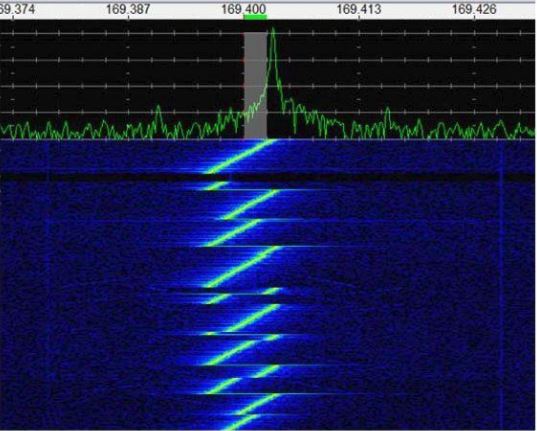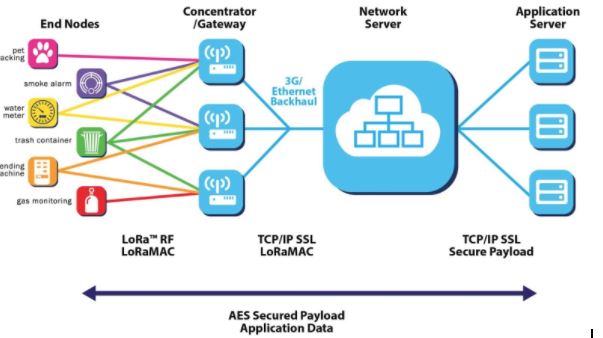Podcast: Play in new window | Download
Subscribe: Apple Podcasts | RSS
Welcome, Richard Ginus of TWTG!
- Found out after the show, Chris and Richard will both be at The Things Network Conference in Amsterdam February 1st to 3rd!
- Richard is in Rotterdam in the Netherlands. There is a lot of focus on solar there. Chris recalled this beautiful National Geographic piece on (indoor) farming in the Netherlands.
- In addition to designing with LoRa, Richard works on RC planes. When he put a LoRa module on a plane (which could “see” further than from the ground) he had a module that saw a tower over 30 km away (Antwerp, Utrect)
- Past designs have included tracking cyclists during races, but the bandwidth needs make it difficult. Usually data transfers are about .3 kbps to 11 kpbs
- There are many different types of LP WAN. Most are narrowband, LoRA is wideband
- Akiba has talked about 802.15.4 (also used in Zigbee) in past appearances on The Amp Hour. This is a point to point method of communicating. Chris saw Sure-Fi at CES, which also seemed to be point to point.
- All LoRa radios operate in the ISM bands (location dependent) – 160 Mhz, 315, 433, 868, 968 MHz
- On 868, the rule is you can only send 1% of the time (at least in the EU).
- The stack was obtained on the GitHub from IBM, put on an m0
- You do need a chip from Semtech in order to do this. It’s SPI controlled.
- There are different chips
- GR (GNUradio) LoRa
- Richard uses a HackRF for troubleshooting, which is why Chris got one as well. He mostly uses the waterfall diagram
- LoRa uses CSS – Chirp Spread Spectrum
- Doing this reduces multipath (echoes).
- 868 MHz has 8 few channels, each with 125 kHz of bandwidth.
- Half duplex on LoRaWAN
- Class A – uplink, listen for two downlink slots (one right after, one later)
- Class B – two way devices, scheduled receive windows
- Class C – Always listening
- By default the packets are AES encrypted
- There are two ways of attaching to a network
- Over the air activation
- Directly put in session keys (ABP – auth by personalization)
- Systems are not symmetric. The gateways are passive (pass through devices), but there’s more behind it
- Network server
- Application server
- AT command interface to talk to the modules (like on ESP8266 or on cellular modules)
- There is now hardware being sold by The Things Network
- The Things Network is a shared “network of the people” who have gateways set up for devices to go through.
- You can help by Wardriving – have a node send out a packet. TTN Mapper.org is a project to map new gateways. All you need is a device, TTN and a code.
- Adaptive data rate allows devices to reach more gateways or save more power. Really it’s about “knobs” you can turn. One main “knob” is spreading factor, which is the duration of chirp (more energy)
- Coding rates (add more psuedorandom data and lengthens the packet) also allows more signal to be pulled from the noise.
- Batteries are a huge issue still but with LoRa one of Richard’s clients got 10 years on 11 Ah battery.
- When multiple gateways receive a packet, it’s up to the network server.
- Updating firmware isn’t not an option because it’s mostly a unidirectional.
- All LoRa devices speak FSK, which is European-centric.
- Richard is working on trying to find new ways to create MQ gas sensors. Most have resistive heaters which are obviously not low power.
- Tryst – light energy module for indoors
- standards are defined by lora backends
- Interested in working with Richard? Check out the TWTG.io careers page! Or shoot him an email. Or get in touch with him on hackaday.io.
- Other images to help understand:





[…] Richard talking about LoRa and LoRaWAN […]